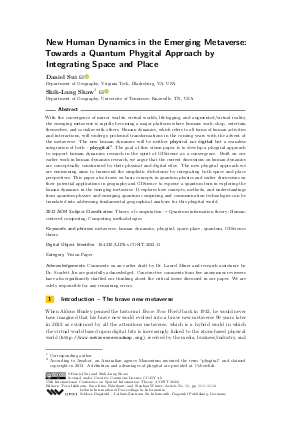LIPIcs.COSIT.2022.11.pdf
- Filesize: 0.66 MB
- 13 pages

 Creative Commons Attribution 4.0 International license
Creative Commons Attribution 4.0 International license





















Feedback for Dagstuhl Publishing